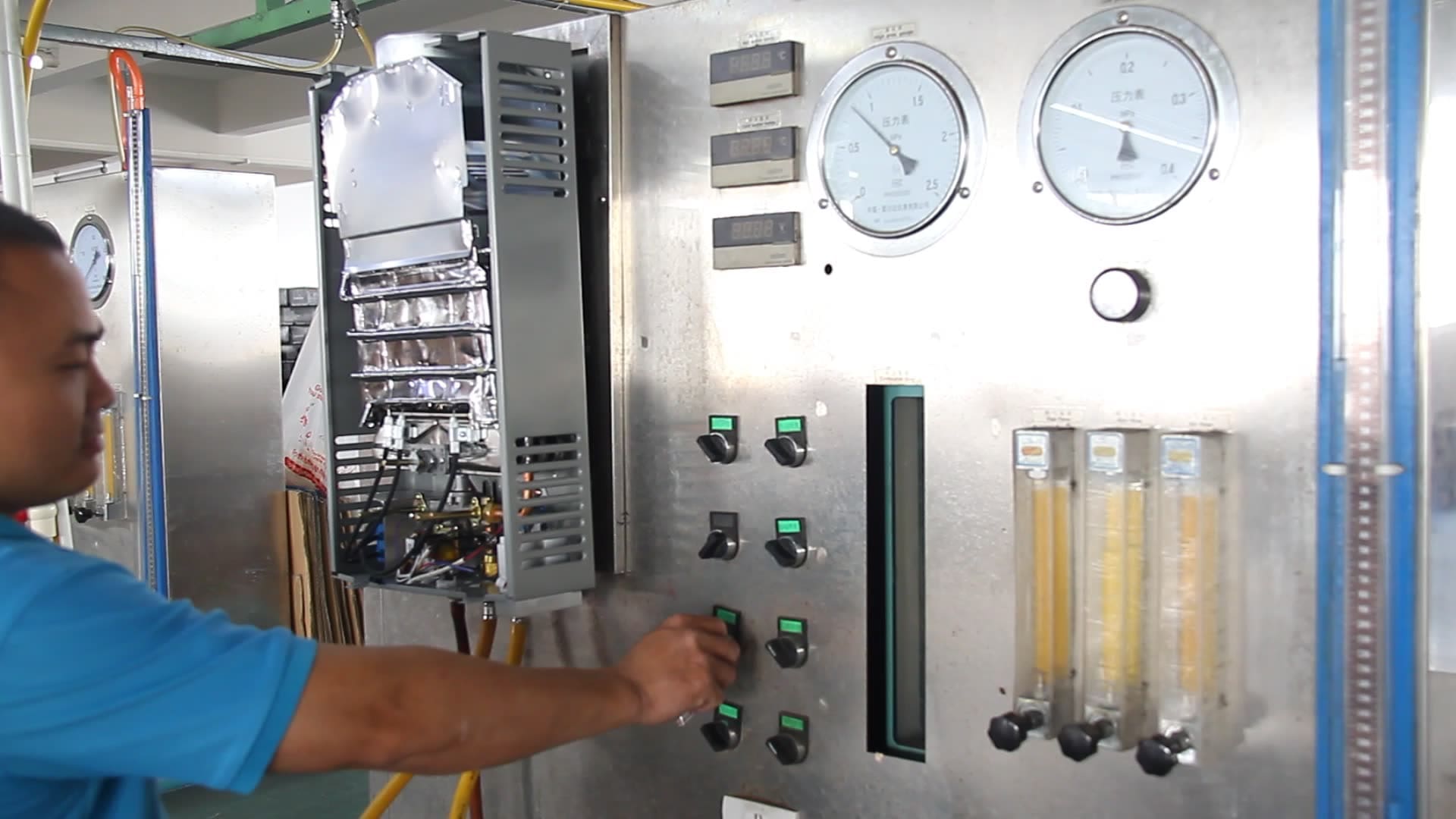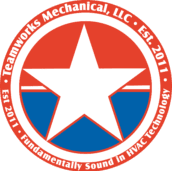Restoring Heat to Your Home Furnace
When your furnace runs but doesn't make heat, it's a common issue. This can be a problem for your home's comfort and safety. It's important to know how to fix it. This article aims to help with that. We'll provide a step-by-step guide for troubleshooting. By following these steps, you can solve the issue and have a warm home again. Remember, safety is key when dealing with any furnace problem.
Initial Checks
Thermostat Settings
When it starts to get chilly, it's crucial to make sure your thermostat is set right. This little device controls how warm or cool your home gets. So, let's talk about furnace repair in Denver. First, find the "heat" mode on your thermostat. It looks like a sun or flame symbol. Next, set the temperature higher than how warm it is in your room. This tells the furnace to kick in and warm things up. By doing this simple check, you can keep your home cozy when the cold weather hits. Checking your thermostat is a small step. But, it can make a big difference in keeping your home cozy.
Air Filter
A dirty air filter can slow down the airflow in your heating system. It's like when a road gets blocked and cars can't move smoothly. To keep things running well, check the air filter often. If it looks dirty, change it. This helps the system work better. Experts suggest changing the filter every 1 to 3 months. It's a simple task but important. Think of it like tidying up a messy room to make it easier to move around. When the filter is clean, air can flow easily, making your home nice and warm without any problems. So, remember to keep an eye on your air filter and give it a change when it needs it!
Ignition and Pilot Light
Pilot Light (Gas Furnaces)
The pilot light is like a tiny flame that helps a gas furnace start working. Its job is to stay on all the time, ready to light the main burner when heat is needed. To check if the pilot light is on, look inside the furnace. If it's out, it needs to be lit again. This is done carefully following the furnace's instructions. Sometimes, though, the pilot light might keep going out. This could be due to a few reasons, like a dirty pilot light or a problem with the gas flow. Troubleshooting these issues can help keep the pilot light steady. This ensures the furnace works well.
Ignition System (Newer Furnaces)
The ignition system in newer furnaces starts the heating process. When you turn on the furnace, it makes a sound as it ignites. This is the ignition sequence. If you don't hear this sound, there might be a problem. To fix it, you can troubleshoot. This means checking for any issues that might be stopping the ignition. It's like finding out why a light won't turn on. Once you fix the problem, the furnace should work correctly. So, if you don't hear the ignition sequence, it's a sign to check things out. It's like making sure a car starts before you drive it. Checking the ignition helps keep your furnace running smoothly.
Power Supply and Components
Circuit Breaker
A circuit breaker is really important because it keeps our home safe. If there's an electricity problem, like too much power or a short circuit, the circuit breaker stops it. To make sure it's working, we can check it. If it's not working, we can reset it. Sometimes, we might need to replace a blown fuse. This helps to keep the electricity flowing safely in our house. If a light suddenly goes out or something stops working, we can check the circuit breaker. We can see if that's the problem. It's like a guardian for our home's electricity. It makes sure everything stays safe and works well.
Gas Supply
To make sure the furnace works right, we need to check the gas supply. This means making sure the gas valve is open. If we think there might be a gas leak, we should look for it carefully. This is important for keeping everyone safe and the furnace running smoothly. So, first, we check if the gas valve is open. Then, if we smell gas, we check for leaks. It's simple but really important. This way, the furnace can do its job properly, keeping our homes warm and cozy. So, when we want the furnace to work well, we just need to check these things.
Related: What Are The Different Types Of Furnaces And Categories?

Airflow and Ductwork
Blocked Vents or Ducts
Blocked vents or ducts can make your house feel too hot or too cold. When vents are blocked, the air can't move like it should. This means some rooms might not get enough air, while others get too much. To fix this, look at all your vents and registers. Make sure they're not covered by furniture or things like curtains. Check the ducts too. Ducts are like tunnels that carry the air. Sometimes things can block these tunnels, like dust or toys. If you find anything blocking them, clear it out. This helps the air move better and keeps your home feeling comfy.
Dirty Components
When parts inside your heater get dirty, they don't work well. This makes your heater less efficient at warming your home. So, it's important to check and clean these parts. First, look at the blower motor. This part helps move warm air around your house. If it's dirty, it can't do its job properly. Next, the heat exchanger needs attention. It's what makes the air warm before sending it into your rooms. If it's dirty, it can't heat the air as well. Other parts, like filters and ducts, also need cleaning. By keeping these components clean, your heater will work better and keep your home cozy.
Additional Checks
Thermostat Batteries
Having working batteries in your thermostat is important. They help control the temperature in your home. If the batteries are old or not working, the thermostat won't work well. To check, you can look for a low battery symbol on the screen. If you see it, it's time to change the batteries. It's a simple task: just open the cover and replace the old batteries with new ones. This keeps your thermostat working properly, so your home stays comfy!
High Limit Switch
The high-limit switch is an important part of a furnace. It keeps the furnace from getting too hot. If the furnace gets too hot, the high-limit switch turns it off. To make sure it's working right, you can check it. If it needs resetting, you can do that too. This helps the furnace stay safe and work properly. If the switch isn't working, the furnace might not turn on or could shut off too soon. So, it's good to keep an eye on it and reset it if needed. This simple step helps keep your furnace running smoothly and your home warm and cozy.
Blocked Condensate Drain (High-Efficiency Furnaces)
A high-efficiency furnace might have a problem if its condensate drain gets blocked. This drain is where water from the furnace escapes. To fix it, first, take a look at the drain. If it seems clogged, clear it out. This is important to keep the furnace running smoothly. If the drain stays blocked, the furnace could stop working. So, it's a good idea to check this regularly. Just like keeping a path clear for water to flow in a river, the furnace needs its drain to be clear too. This way, it can keep doing its job of keeping your home warm and cozy.
Related: How Do You Change The Filter On A Furnace?
When to Call a Professional
Signs to Call a Professional
If you notice your HVAC system making strange noises. Or, not heating or cooling properly. It might be time to call a professional. Also, if you smell gas or notice leaks, it's crucial to get help right away. These signs suggest potential safety risks or complex issues that need expert attention. A technician can ensure your system runs safely and efficiently. Don't hesitate to reach out when you encounter these problems. It's better to address them early with pros. This prevents bigger issues later. So, if you're unsure or concerned about your HVAC system, calling a professional is the right step to take.
Keeping Your Furnace Healthy
If your furnace is running but not making heat, there are steps to try. First, check the thermostat settings to make sure they're correct. Then, inspect the air filter, as a dirty filter can block airflow. If the pilot light is out, follow the HVAC contractors. Use them to relight it safely. Regular furnace maintenance is crucial to prevent such issues. Clean or replace filters every few months, and schedule annual inspections. Remember, safety comes first. If unsure, it's best to call a professional. They can diagnose and fix problems safely. Keeping your furnace in good shape keeps your home warm and cozy when needed.




















